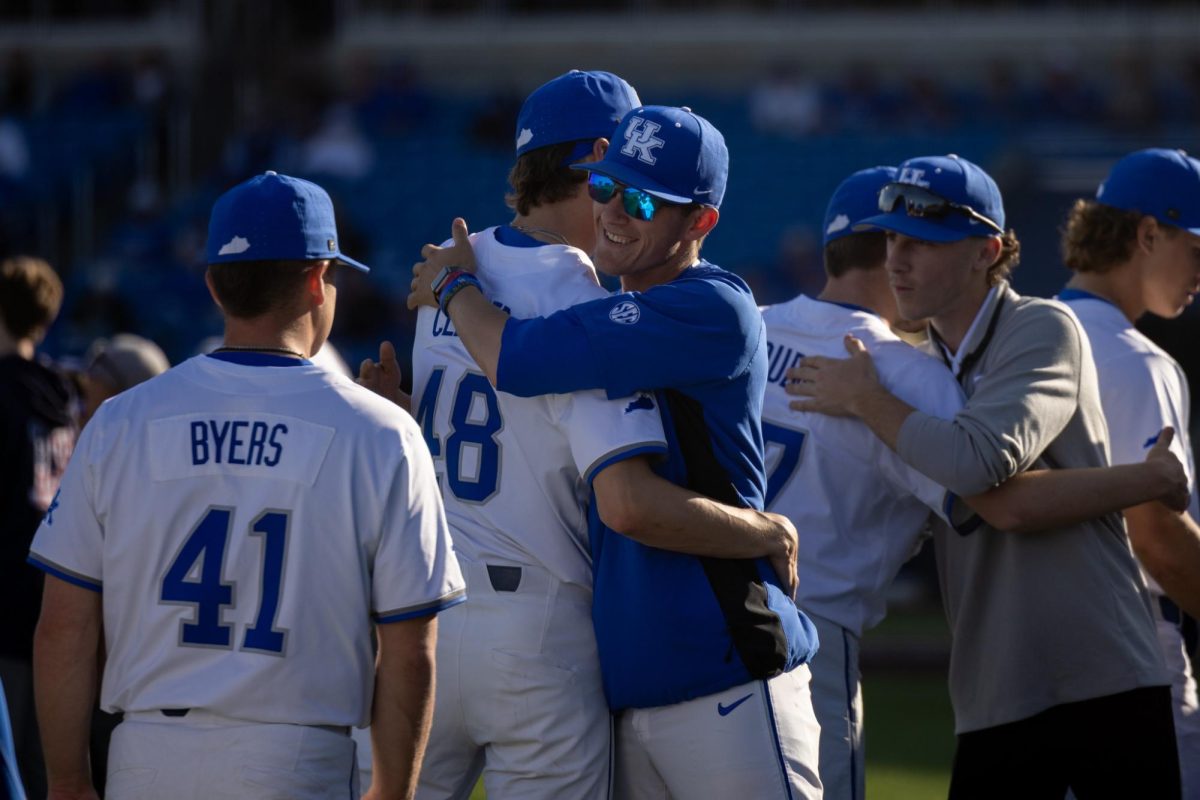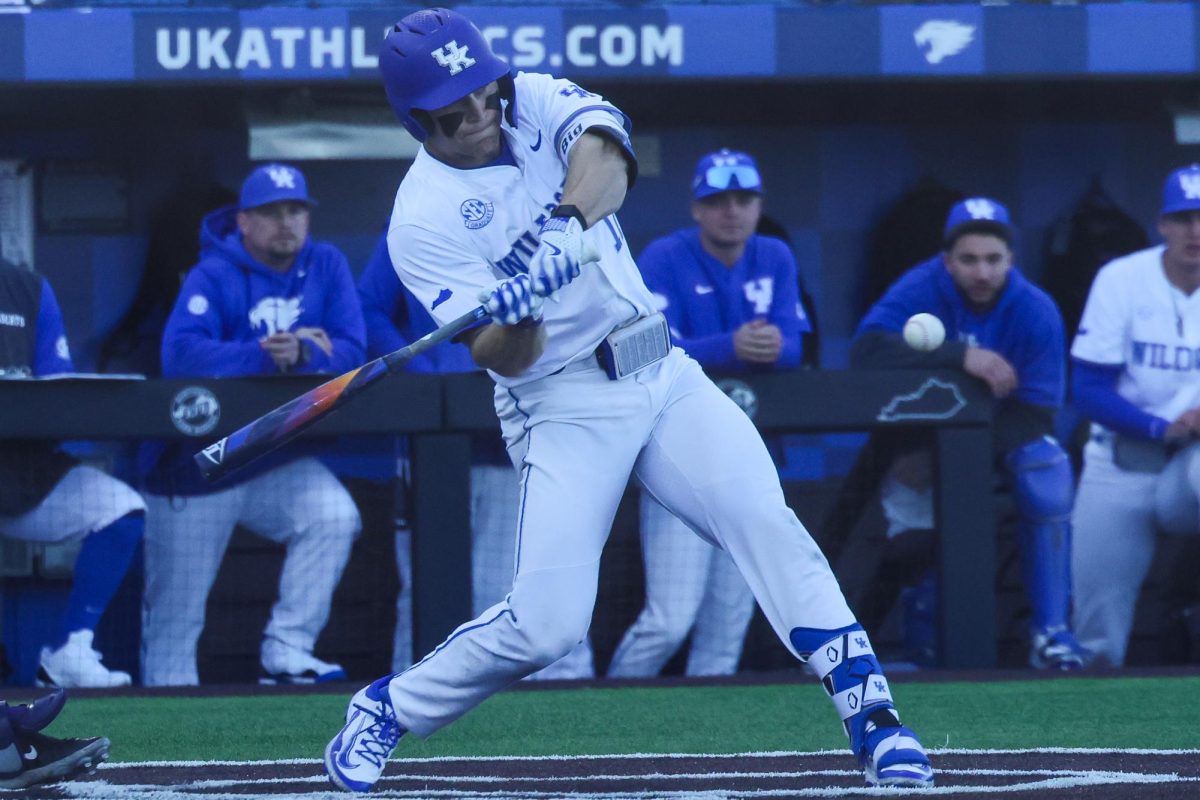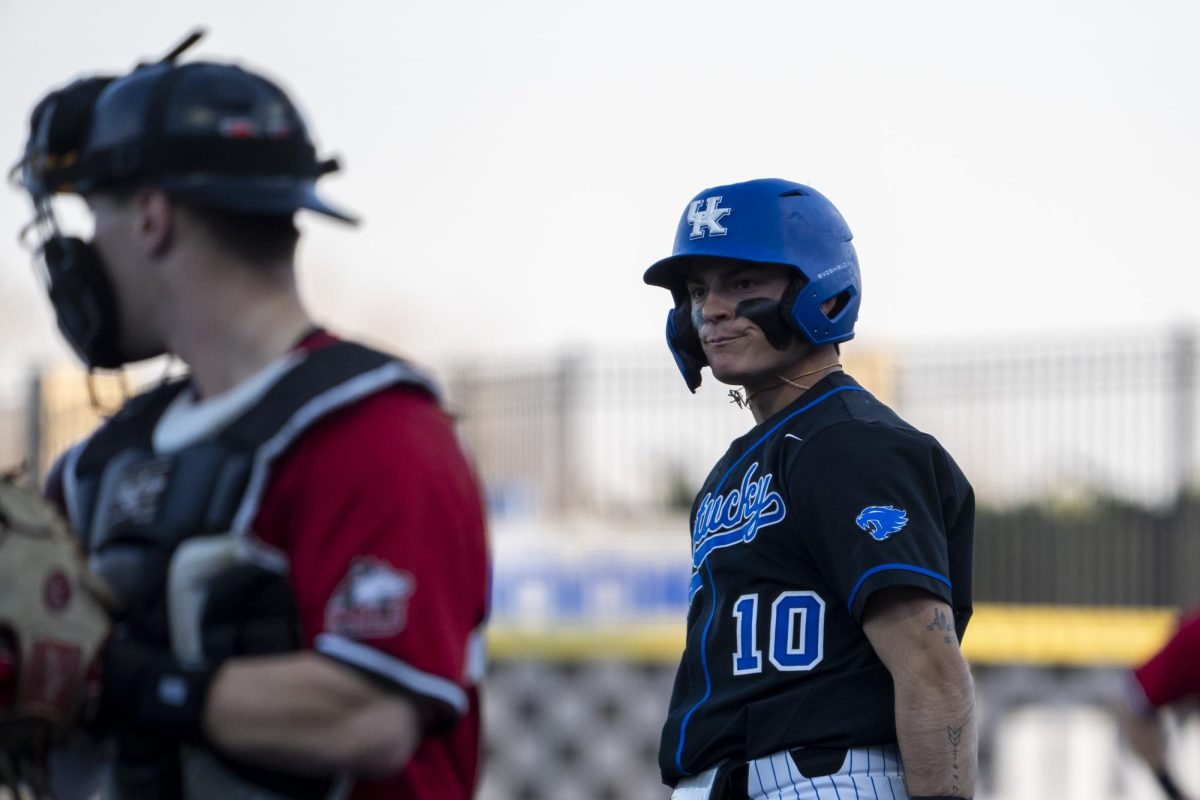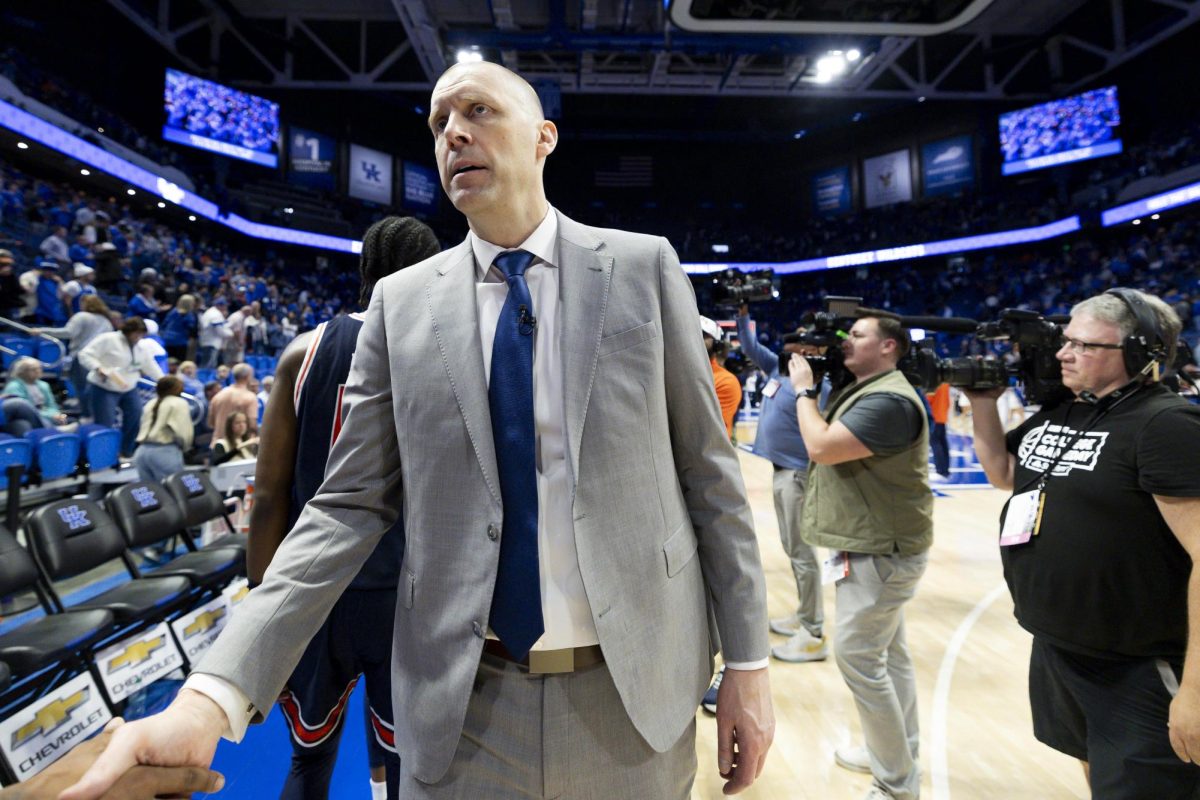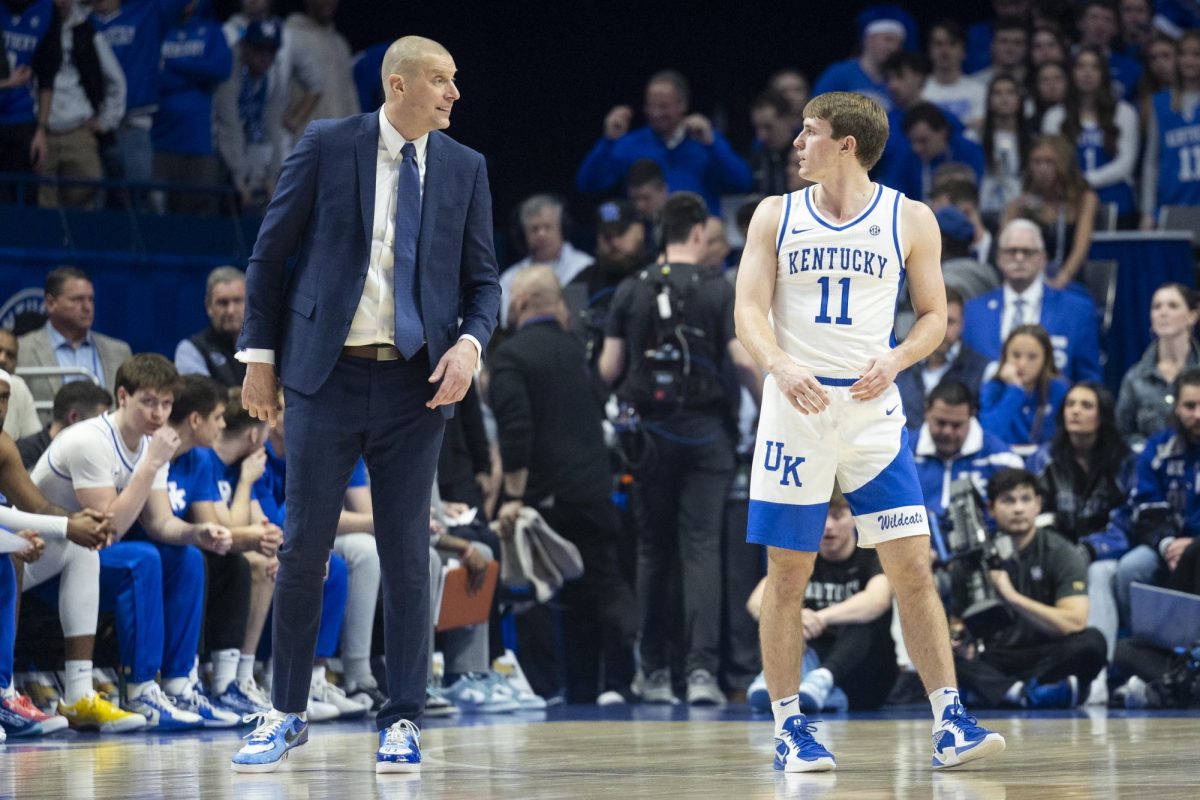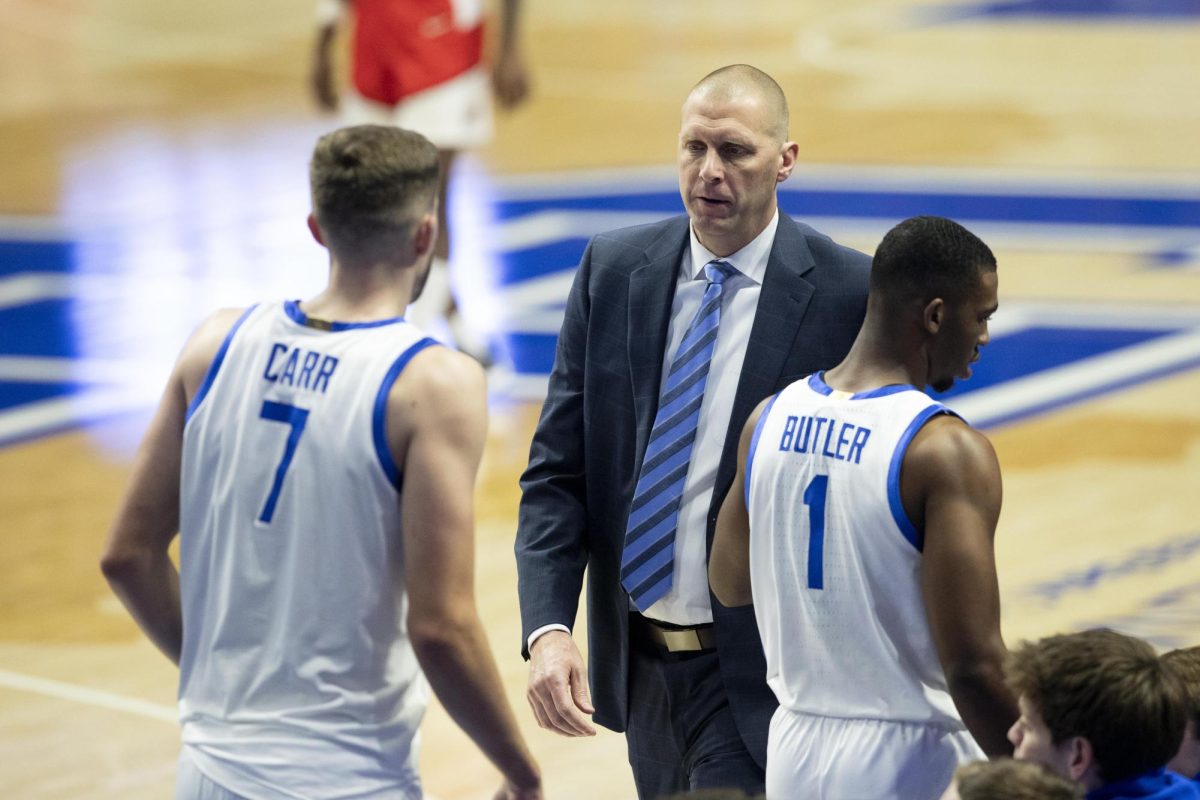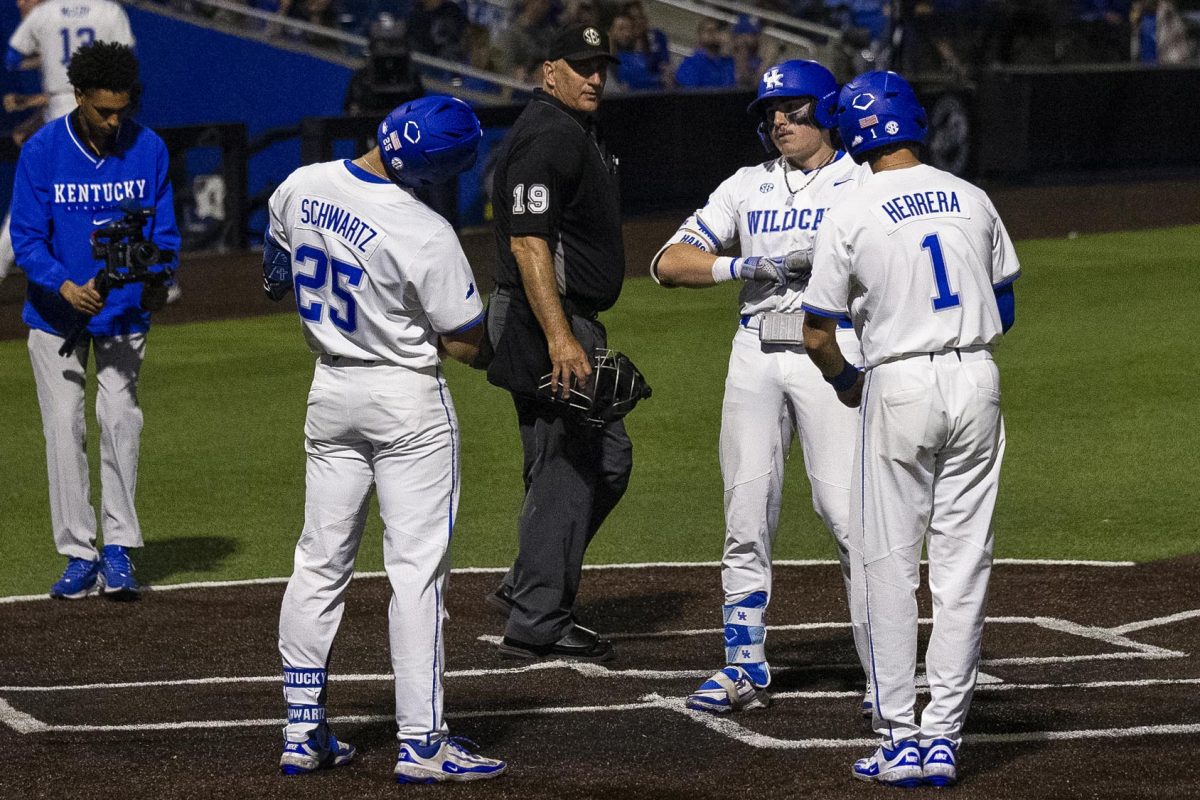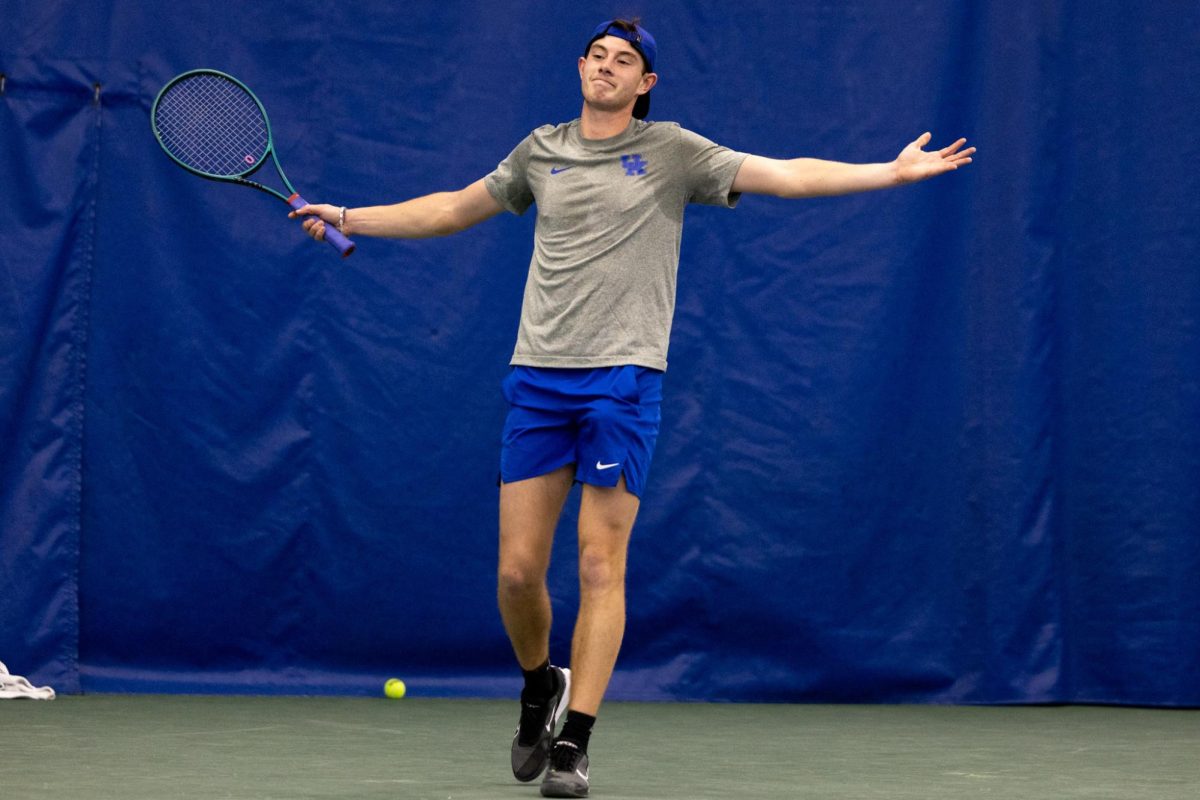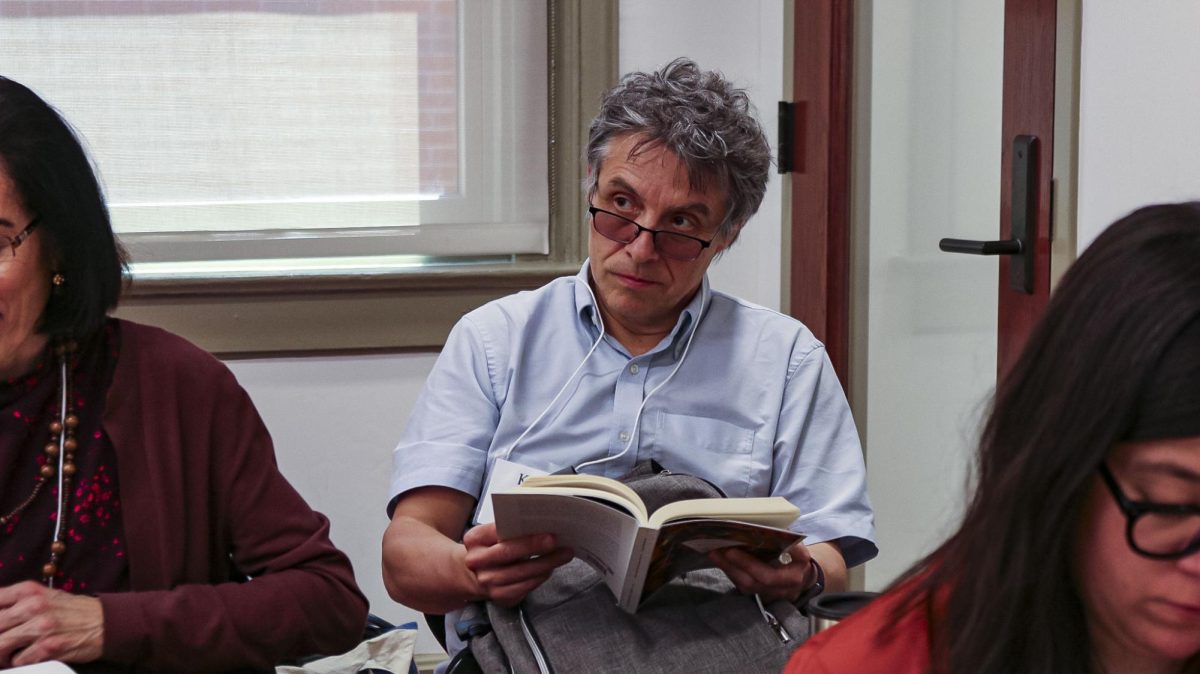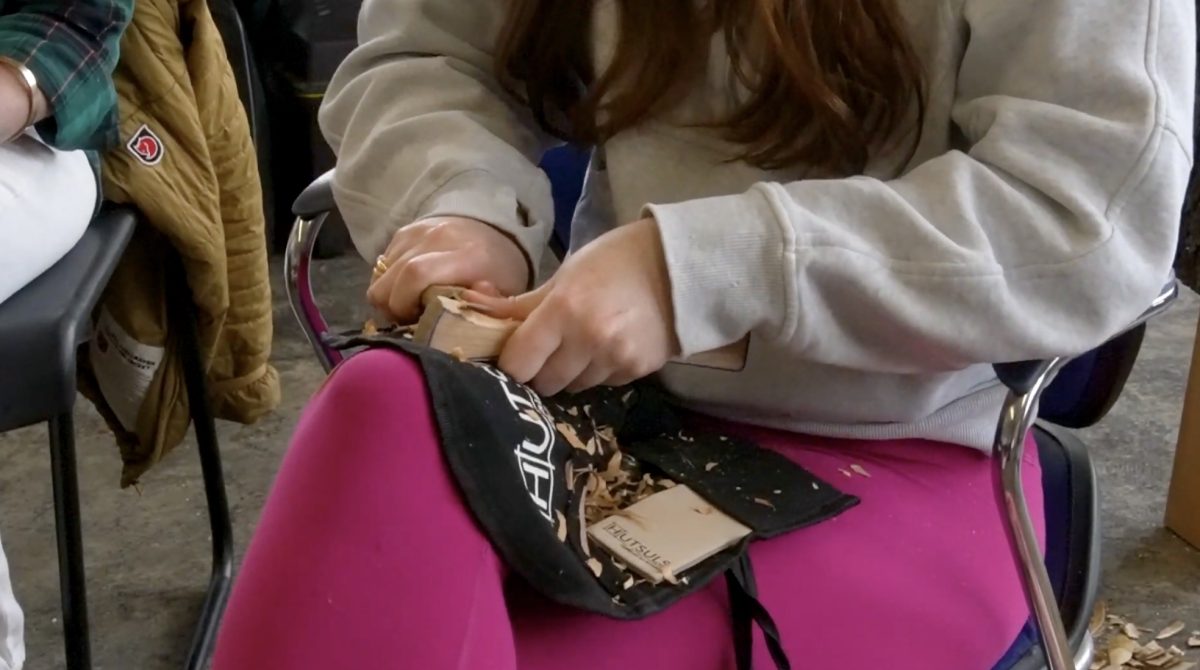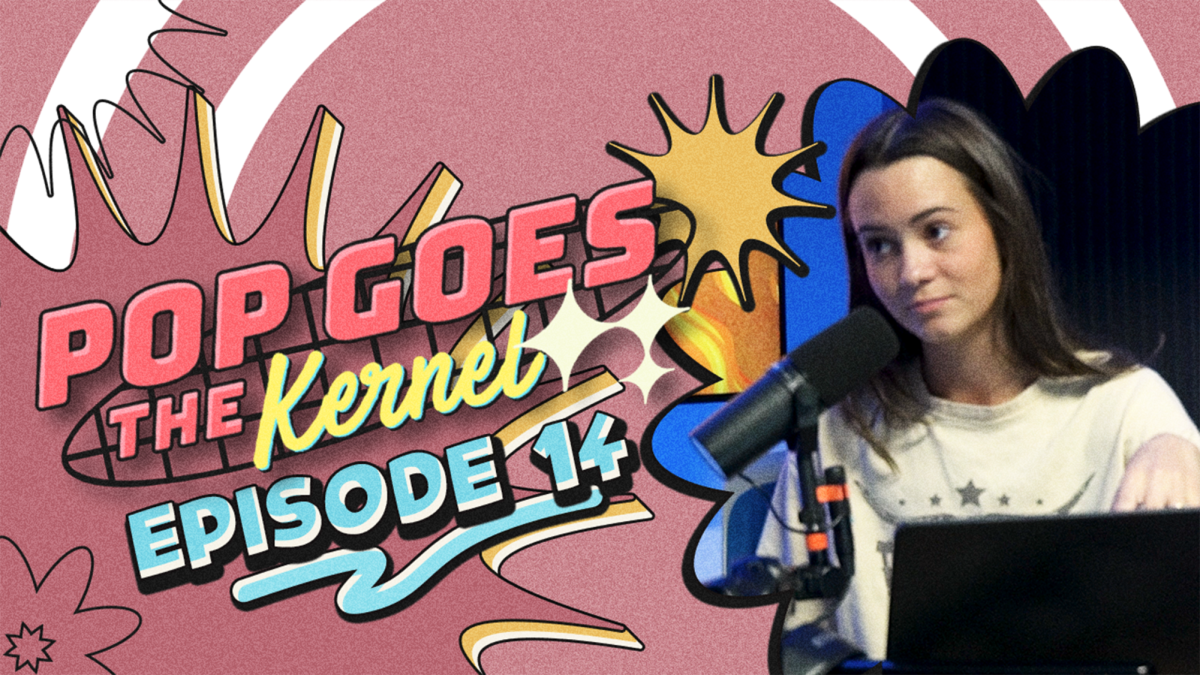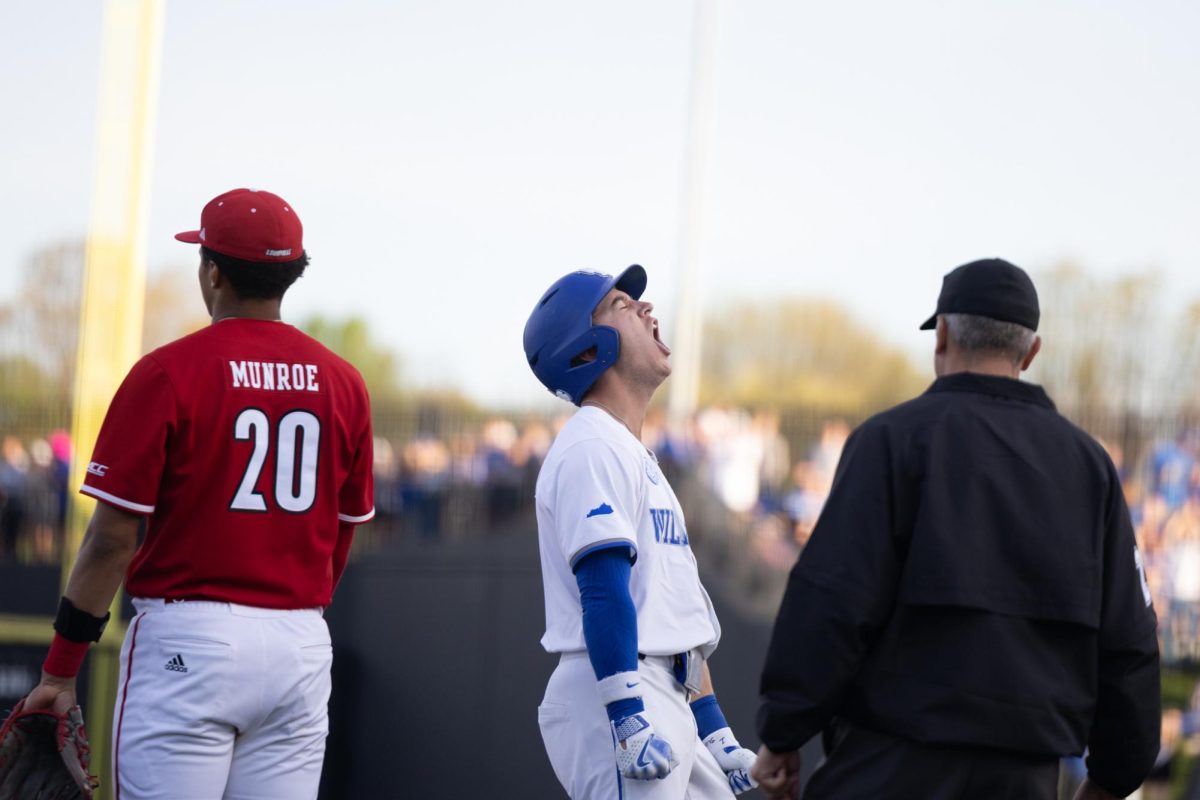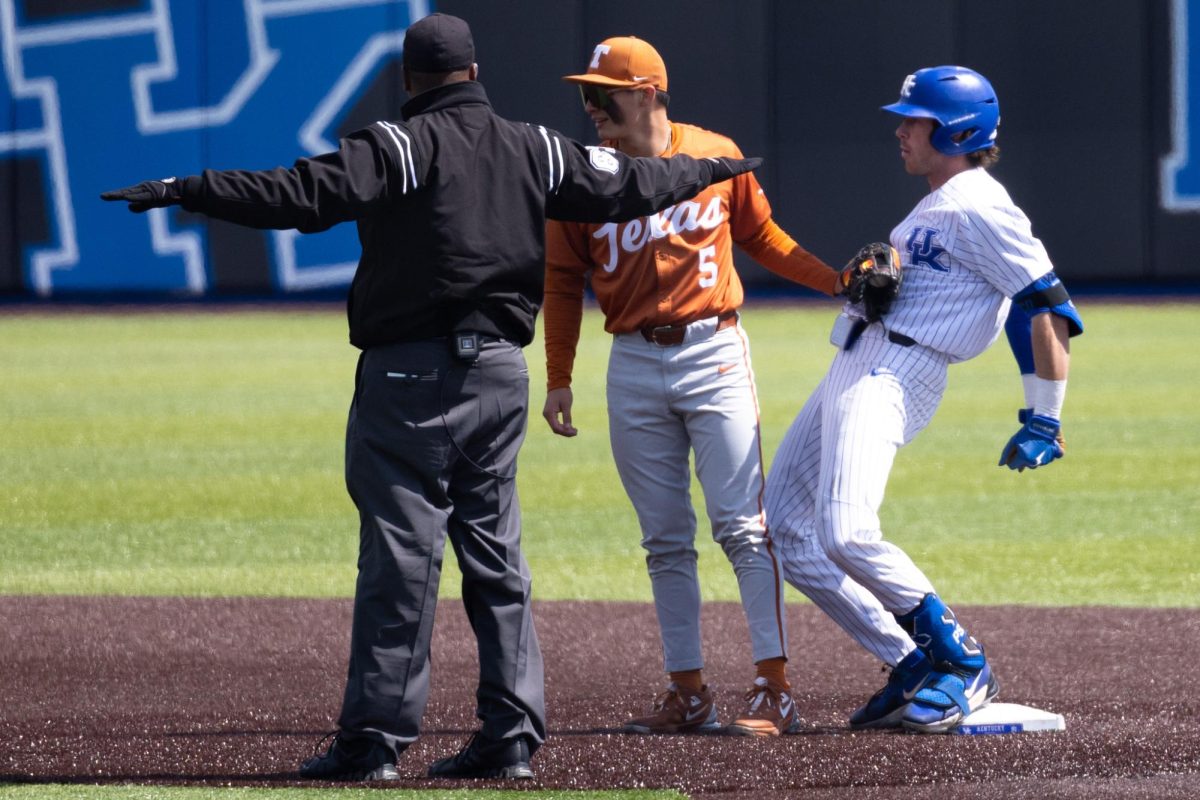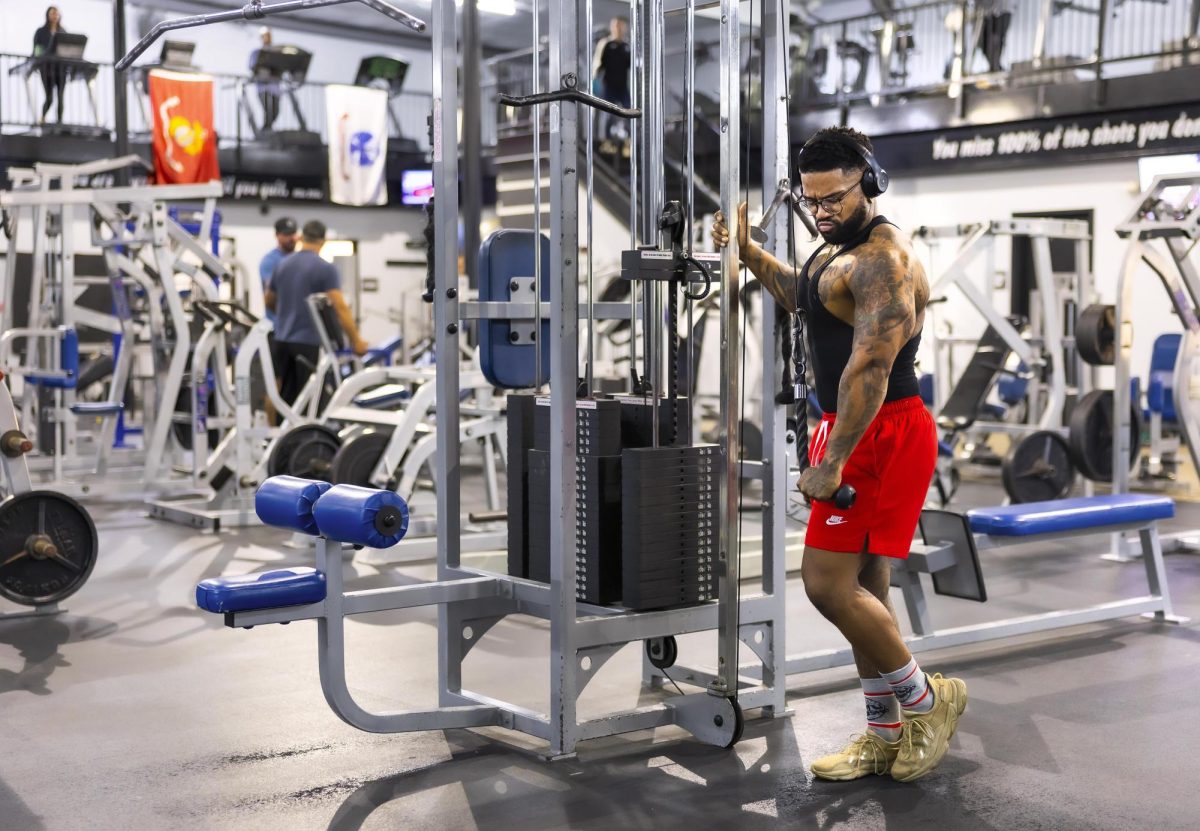Get out of a rut, walk on a sidewalk
March 3, 2022
It’s an all-too-common story. A rushed student chooses to off-road, taking a shortcut through the grass to save precious seconds. Another student, noticing that the deviation from the sidewalk brings no penalty and seeing no harm, decides to follow. Soon, everyone is using the unofficial grass pathway. The soil becomes compacted, losing necessary porousness for roots to breathe, and the grass dies.
The most recent of such grass ruts is juxtaposed in the foreground of an otherwise picturesque image — the sleek, modern, newly renovated J. David Rosenberg College of Law. The sign directing students to avoid walking in the grass might as well be invisible.
The true harm of perpetuating these grass ruts is also hidden to many students. They not only make campus ugly, but also exacerbate stormwater accumulation and flooding, can cost the university tax money and make custodial staff’s jobs harder.
“If you do walk through a muddy rut and your shoes get dirty and you go into a building and you get mud on the floors, there’s more work for the custodial staff to have to do now to go clean up that mess,” Stacy Borden, UK grounds manager, said.
The grass rut conundrum is similar to the shopping cart litmus test. Everyone can agree that the responsible, objectively good thing to do is to return the shopping cart to its corral. But while the act of returning the cart isn’t difficult, it’s less convenient and there is no punishment for not doing so. So why should one return the cart when they could leave it somewhere random in the parking lot instead? Why should students walk on the sidewalks when they could use grass shortcuts?
The answer is because it’s the objectively right, unselfish thing to do. Those extra seconds that won’t actually make any difference shouldn’t be worth the extra toil of campus workers. Grounds workers have to till the ground to loosen the compacted soil, oversee weeks to months of reseeding/resodding and place posts and chain around the ruts to keep pedestrians from interrupting the restoration process, Borden said. Sometimes, like in an instance a few years ago at Willy T. Young library, they have to plant trees where the rut occurs.
“If there’s a sidewalk interchange or if you can see across the way that that’s the door you’re going to, you’re just gonna walk that way,” he said. “We planted a bunch of trees, evergreens and deciduous trees all in that area to block the sight line from point A to point B, and nobody’s walked that way since.”
If it’s such a huge problem, why not just install sidewalks where ruts develop? Give students what they want, right? It’s not always that simple, Borden said.
“At some point, there’s just sidewalks everywhere, because everyone’s gonna want to go their own way, and we can’t just pave all of campus,” he said. “The turf areas create a space for people to get off the concrete to throw out a blanket or a chair or something and have a place to read or throw a Frisbee, just have some fun.”
The importance of green spaces on campus is deeper than an aesthetic, though. Sidewalks are impervious surfaces — they do not absorb rainwater like the ground — and as such, they cannot mitigate flooding or stormwater accumulation. According to the City of Lexington’s Water Quality department, stormwater picks up pollutants like motor oil, pet waste, fertilizer and litter, when then flow into storm drains, through the sewer system and directly to creeks and streams without being treated.
For this reason, non-residential properties like the University of Kentucky are subject to an annual Water Quality Management Fee calculated by their impervious surface square footage. As of 2020, UK had 17,773,243 square feet of impervious surfaces (49.5% of its total surface area), which would cost the university approximately $37,181.62 based on this year’s rate. That may be chump change for the university, but it’s chump change that could be better utilized for something else.
Sometimes, when it makes sense, the grounds workers bend to pedestrians’ wills. They do this sometimes even when it doesn’t make sense, like in the sorority quad.
“There’s three parallel sidewalks with each other through the middle of that space because people were walking on them,” Borden said. “So they put sidewalks in and there’s no rhyme or reason to it. It really makes no sense from a design perspective.”
Don’t make the grounds workers do the same thing near the freshly minted law building, or anywhere else, for that matter. Don’t force them to use visual tricks to stop you from taking shortcuts. Don’t be the selfish person who abandons the shopping cart in the middle of the parking lot.
Don’t be a jerk. Walk on the sidewalks.







































